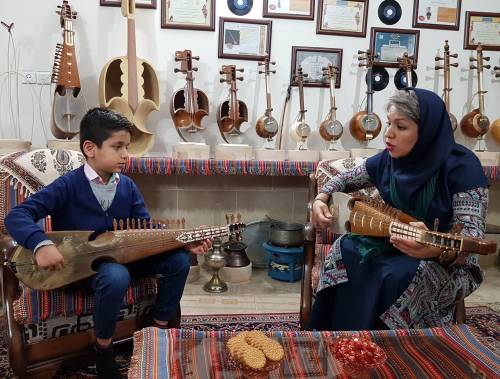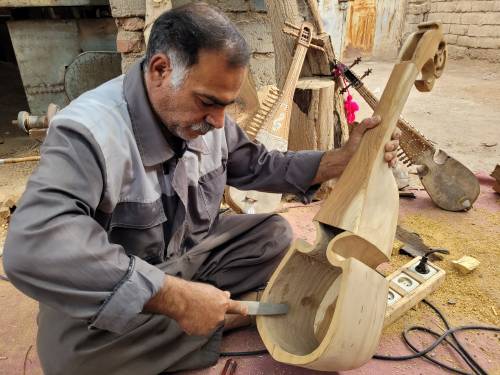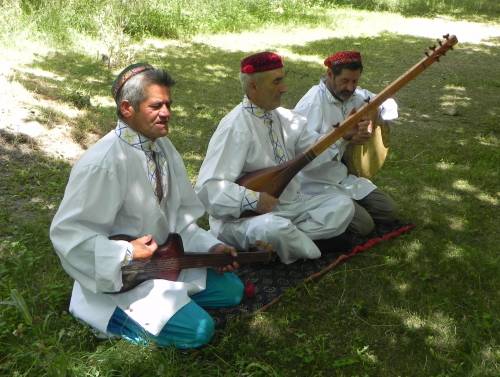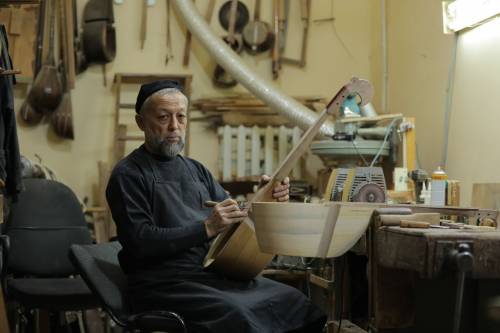Art of crafting and playing rubab/rabab
Afghanistan Iran (Islamic Republic of) Tajikistan Uzbekistan
Inscribed in 2024 (19.COM) on the Representative List of the Intangible Cultural Heritage of Humanity
One of the oldest musical instruments in Central, South and Southwest Asia, the rubab is a string instrument made with dried mulberry wood collected in deserts. It is played on many occasions, including for celebrations, weddings, funerals, gatherings and ritual healings. It is also a leading instrument in orchestral and contemporary music performances, including in multinational ensembles. Master players are highly respected as elders of their communities, typically initiating specific ceremonies and rituals. Rubab crafting is a traditional skill entailing carpentry, woodcarving, marquetry and inlay. It is typically transmitted through hands-on practice, often as a family tradition. Although rubab craftspeople are mostly men, players include people of both genders, regardless of ages, ethnicities and religious backgrounds. Poems and literature often allude to the rubab, and different cultures have related myths which are narrated by elders and masters in social gatherings. The rubab is a unifying factor among the people of Afghanistan, the Islamic Republic of Iran, Tajikistan and Uzbekistan. It contributes to cultural and social cohesion and has played a prominent role in promoting cultural exchanges and solidarity, especially among migrant communities.








